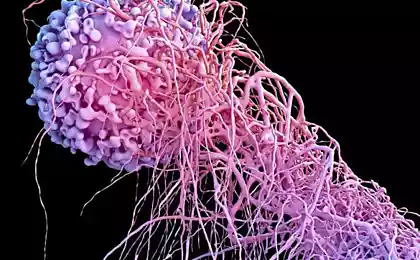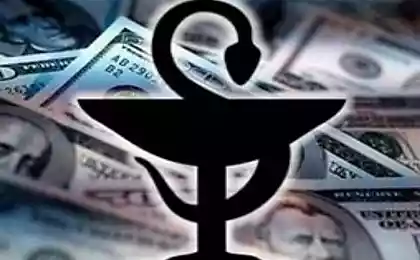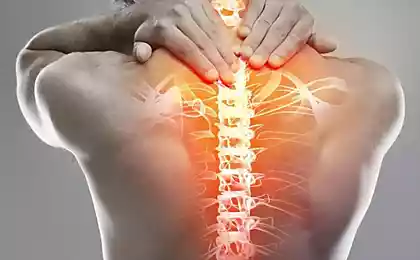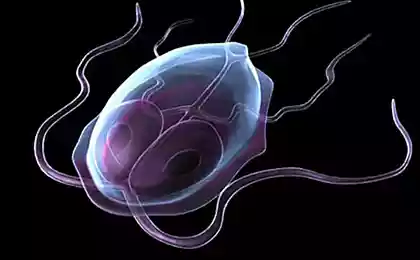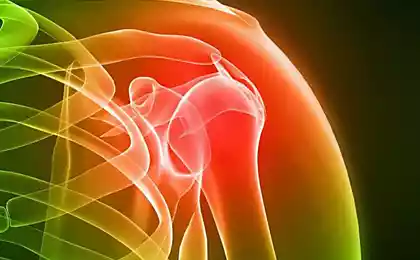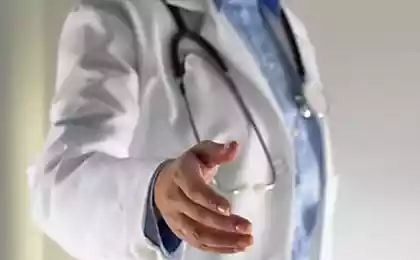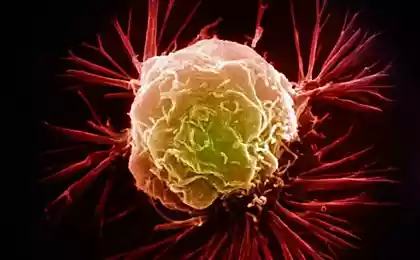111
Urticaria: symptoms and treatment methods
The photo shows hives (nettle fever or urticarial rash) - a typical skin disease of exclusively allergic origin. The rash is accompanied by characteristic symptoms: rapidly occurring and very itchy flat, pale or pale pink blisters that appear on the skin of all parts of the body, and in direct contact with the allergen - on the area of contact in the first place. The elements of the rash are similar in appearance to a nettle burn, hence the name "urticaria".
In our case, hives appeared as an independent allergic reaction to the fur of a pet without concomitant diseases and against the background of complete health. We identified the course of the disease as an acute form, since previously there were no allergic manifestations on the skin. Treatment of hives is to determine the allergen and eliminate contact with it as soon as possible. Sometimes the clinical manifestations of urticaria are extensive, for example, in allergic people, or there has been exposure to several allergens at the same time (contact with animal hair and allergenic foods), in such cases a more detailed diagnosis is necessary. Conduct a detailed collection of anamnesis of the disease, family history, blood, urine and feces, in some cases, x-ray examination, immunogram and specific allergic tests. One of the most common and reliable is an allergy test. Its essence lies in the fact that on the inner surface of the forearm, several scratching movements with a needle (or intradermal injection) are made and a drop of a solution with the alleged allergen is applied / injected. Evaluate the result by the presence of irritation, redness and / or itching at the sample site.
Ambulance for urticaria - antihistamines in tablets or injections depending on the severity of the condition (zirtec, cetrine, claritin, claritin, suprastin, telefast). Symptomatic treatment in the form of cooling compresses and soothing lotions with decoctions of herbs. In case of severe course, corticosteroids (dexamethasone or hydrocortisone) are combined with antihistamines.
Also, therapy includes adjustment of nutrition, if necessary, an individual table on water or dietary nutrition, excluding potential allergen products: chicken meat, eggs, citrus, red fruits and vegetables, chocolate and confectionery, smoked and spices, canned foods, carbonated drinks.
Source: estet-portal.com
In our case, hives appeared as an independent allergic reaction to the fur of a pet without concomitant diseases and against the background of complete health. We identified the course of the disease as an acute form, since previously there were no allergic manifestations on the skin. Treatment of hives is to determine the allergen and eliminate contact with it as soon as possible. Sometimes the clinical manifestations of urticaria are extensive, for example, in allergic people, or there has been exposure to several allergens at the same time (contact with animal hair and allergenic foods), in such cases a more detailed diagnosis is necessary. Conduct a detailed collection of anamnesis of the disease, family history, blood, urine and feces, in some cases, x-ray examination, immunogram and specific allergic tests. One of the most common and reliable is an allergy test. Its essence lies in the fact that on the inner surface of the forearm, several scratching movements with a needle (or intradermal injection) are made and a drop of a solution with the alleged allergen is applied / injected. Evaluate the result by the presence of irritation, redness and / or itching at the sample site.
Ambulance for urticaria - antihistamines in tablets or injections depending on the severity of the condition (zirtec, cetrine, claritin, claritin, suprastin, telefast). Symptomatic treatment in the form of cooling compresses and soothing lotions with decoctions of herbs. In case of severe course, corticosteroids (dexamethasone or hydrocortisone) are combined with antihistamines.
Also, therapy includes adjustment of nutrition, if necessary, an individual table on water or dietary nutrition, excluding potential allergen products: chicken meat, eggs, citrus, red fruits and vegetables, chocolate and confectionery, smoked and spices, canned foods, carbonated drinks.
Source: estet-portal.com
